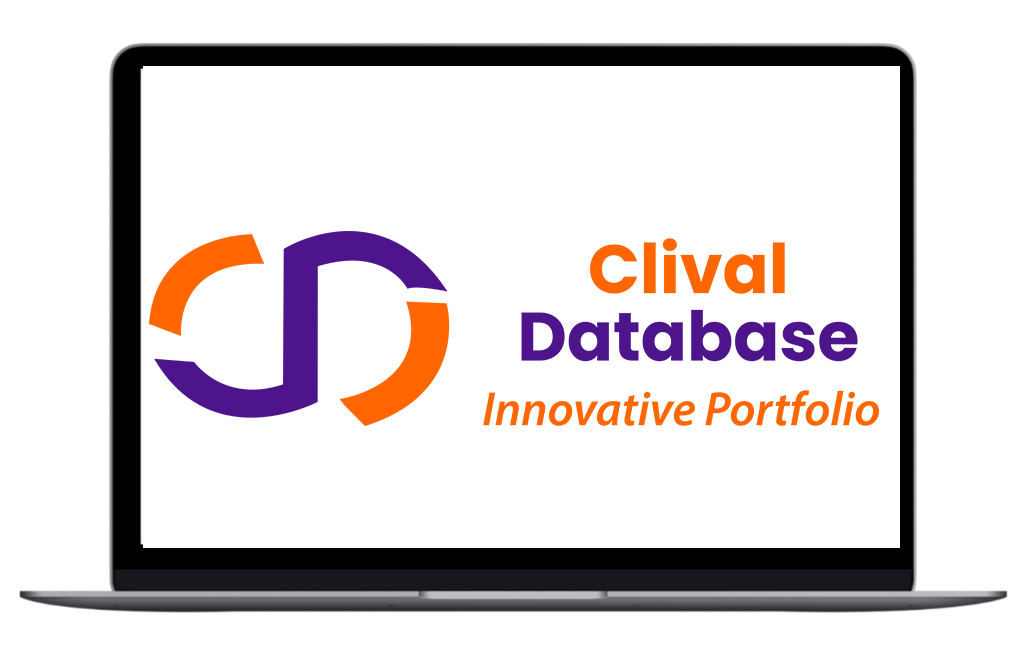Breakthrough Approval: A Miracle In Clinical Trials
The term “breakthrough approval” has become one of the most frequently used terms while discussing new medicines and the role of regulating bodies. This status represents change in the assessment and approval of new therapy to promote the application of innovative treatment for critical and life-threatening diseases. This blog explores the concept of breakthrough approval, its implications, consequences of breakthrough approval and some good examples where this designation has made a significant impact.
What do BTD stands for?
The FDASIA enacted the breakthrough therapy designation in 2012 to support the developement as well as the investor. Its purpose is to help catalyze the development and speed up the evaluation of drugs which demonstrate potential in clinical trials. This designation provides several benefits, including:
- Intensive Guidance: Sponsors get more frequent communication with the FDA on the drug’s development plan and proper trial design.
- Organizational Commitment: To ensure that an adequate and harmonized review process is done for a project that has input from various faculties, the FDA offer cross-disciplinary project lead.
- Rolling Review: Sponsors are allowed to submit the completed portions of the NDA or BLA instead of applying when all parts are ready.
Criteria for Breakthrough Therapy Designation
To qualify for breakthrough therapy designation, a drug or biologic must meet the following criteria:
1. Serious or Life-Threatening Condition: The therapy must be directed towards a serious and/or life threatening chronic condition. This includes all forms of diseases from cancer to neurodegenerative diseases, to rare diseases, among others.
2. Preliminary Clinical Evidence: Some level of basic clinical data which show that the drug or the biologic may perform better than current treatments has to exist. While this evidence generally a range of clinical trial phase I data, it outlines a drug’s ability to meet a particular medical need effectively.
3. Significant Benefit Over Existing Treatments: The therapy should be much more effective than the existing treatments which are used for the management of the disorder.
Breakthrough Therapy Designation Process
The process of obtaining breakthrough therapy designation involves several key steps:
1. Submission: The proposed breakthrough therapy is identified by the sponsor, which is often the pharmaceutical or biotechnology company that will receive the designation, and submits to the FDA a request for the designation with preliminary clinical data and a description of the therapy’s prospect.
2. FDA Review: The FDA goes through the submission process, which establishes the severity of the disease being treated, and the initial evidence on how the therapy under review can significantly improve the outcome.
3. Designation Decision: When the FDA provides the breakthrough therapy designation, the therapy has more assistance and cooperation at every stage of development. This includes increased interaction with FDA people to approach for clinical trials and prospect of first-in-category approval.
Benefits of Breakthrough Designation
1. Accelerated Development: The therapy frequently follows a faster pace of development meaning that the treatment’s clinical trial can be accomplished as well.
2. Enhanced Communication: Since sponsors get more often and detailed input from the FDA, the development process is better organized and solved quickly.
List of drugs that has been approved under the act
1. Keytruda (pembrolizumab):
- Indication: Non-small cell lung cancer abbreviated as NSCLC is a type of lung cancer that falls under the category of, Lung cancer.
- Approval: This was awarded breakthrough therapy designation because Keytruda had improved the overall survival compared to chemo in patients with stage IV NSCLC.
2. Ukoniq (umbralisib):
- Indication: Lymphoma
- Approval: This oral medication was granted by the FDA breakthrough therapy for its efficacy as a treatment for specific forms of lymphoma as evidenced by a positive outcome on the tumor size.
3. Casgevy:
- Indication: Sickle Cell Anemia (SCA) and Beta Thalassemia Major (BTM).
- Approval: Casgevy is CRISPR based therapy that has been authorized by the Medicines and Healthcare Products Regulatory Agency in the UK and later in the USA by the FDA. It proved to be an important benchmark as it became the first-ever green light for a CRISPR based therapy.
Conclusion
Breakthrough approval is another innovation of the regulatory systems with the aim of moving potentially beneficial therapies to patients with serious and life-threatening diseases more quickly. In essence, this designation enables the enhancement of the development and review process to address the unmet medical needs and bring hope where there is limited alternatives. The cases of Keytruda, Ukoniq, and Casgevy have clearly shown that breakthrough therapy designation can make a difference to patients’ needs and contribute to advancement in medical science.
Frequently Asked Questions

Optimize Your trial insights with Clival Database.
Are you exhausted from the uncertainty of trial insights pricing? Clival Database ensures the clarity in the midst of the global scenario for clinical trials to you.Clival Database is one of the best databases that offers an outstanding number of clinical trial data in terms of 50,000+ molecules and from primary regulatory markets as well as new entrants like Indian and Chinese markets.
Elevate your trial success rate with the cutting-edge insights from Clival database.
Check it out today and make more informed sourcing decisions! Learn More!







